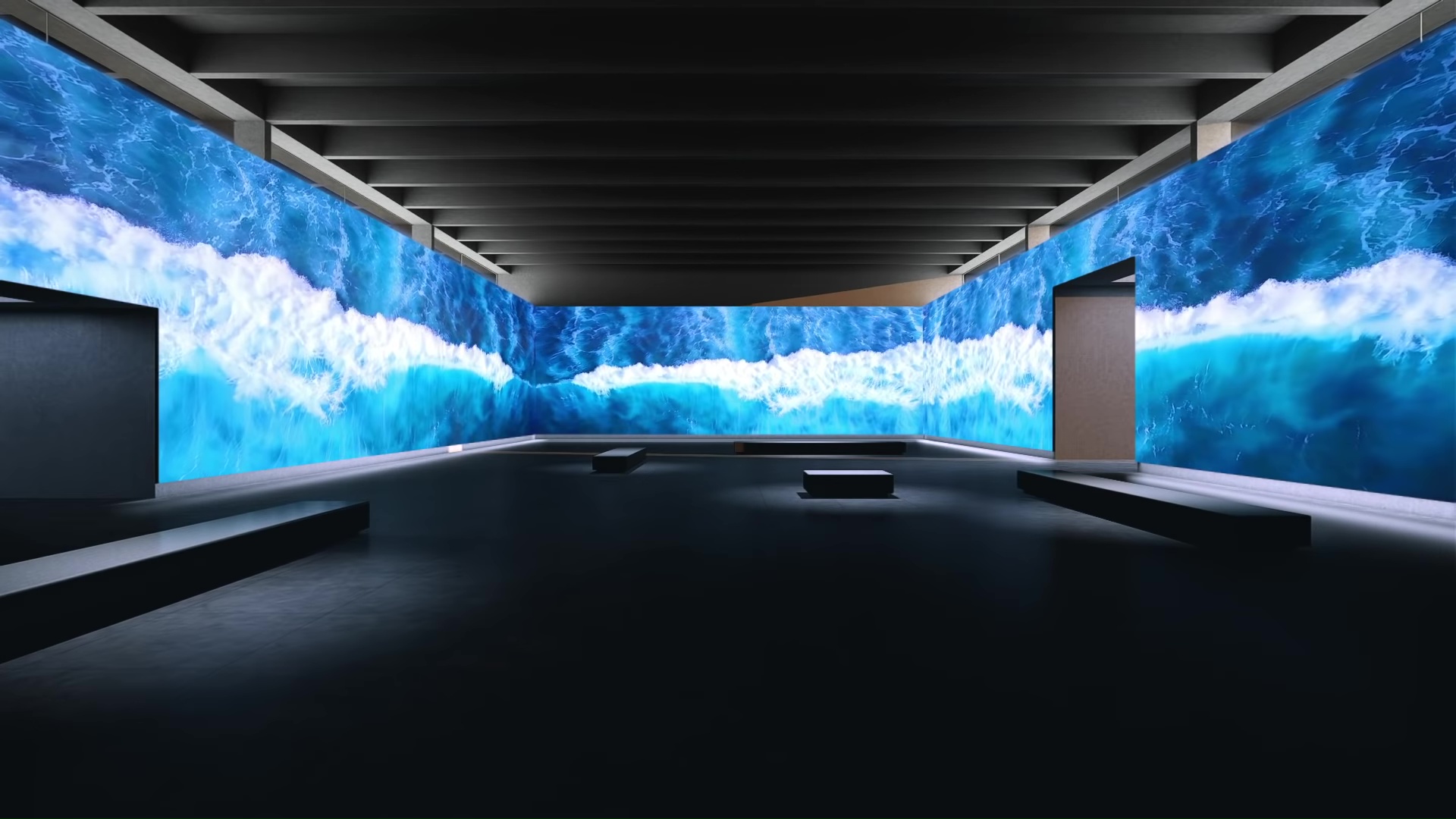Perfecting Hue Precision in Light Emitting Diode Wall Adjustment for Breathtaking Visual Presentations
Perfecting Hue Precision in Light Emitting Diode Wall Adjustment for Breathtaking Visual Presentations
Blog Article
Color precision is essential for producing breathtaking graphic presentations, particularly when using LED walls. These massive displays are frequently found in locations like music venues, sports arenas, and advertising billboards. When the colors on an LED wall are not accurate, the images can look dull or warped, which can affect the total impression for audiences. Therefore, perfecting color accuracy in LED wall calibration is vital for attaining lively and realistic images.
The first step in ensuring color precision is comprehending how LED technology works. LEDs, or light-emitting diodes, generate light in multiple colors by combining red, green, and blue (RGB) light. Each pixel on an LED screen is made up of these three colors. When tuned properly, the mix of RGB can produce a wide range of colors. However, if one color is too bright or too faint, it can distort the entire display. This is why calibration is necessary to equalize the colors and achieve the desired graphic result.
Tuning entails adjusting the settings of the LED wall to ensure that the colors shown match the original material as closely as feasible. This process typically involves using specialized software and hardware instruments. Technicians often use color assessment devices, such as spectrophotometers, to examine the hues being shown. By contrasting the measured hues to benchmark color values, they can make exact adjustments. This guarantees that the hues are not only lively but also consistent across the whole display.
Another crucial aspect of color precision is understanding the environment in which the LED wall is employed. Factors such as ambient light can considerably impact how hues appear. For instance, a well-lit lit room may fade colors, making them look less lively. To mitigate this, technicians may adjust the luminosity and contrast configurations of the LED wall. Additionally, they may choose specific color profiles that are more appropriate for different lighting conditions. This flexibility helps maintain color precision regardless of the observing environment.
Ultimately, routine upkeep and recalibration are crucial for maintaining an LED screen looking its finest. Over time, the performance of LEDs can change due to elements like degradation and heat fluctuations. Frequent inspections and modifications can help ensure that the colors stay correct and vibrant. By investing time in appropriate calibration and maintenance, venues can offer viewers with stunning graphic presentations that led screen calibration for 3D modeling enhance their total experience. Mastering color accuracy in LED screen calibration is not just a technical job; it is an expertise that contributes to the magic of graphic storytelling.